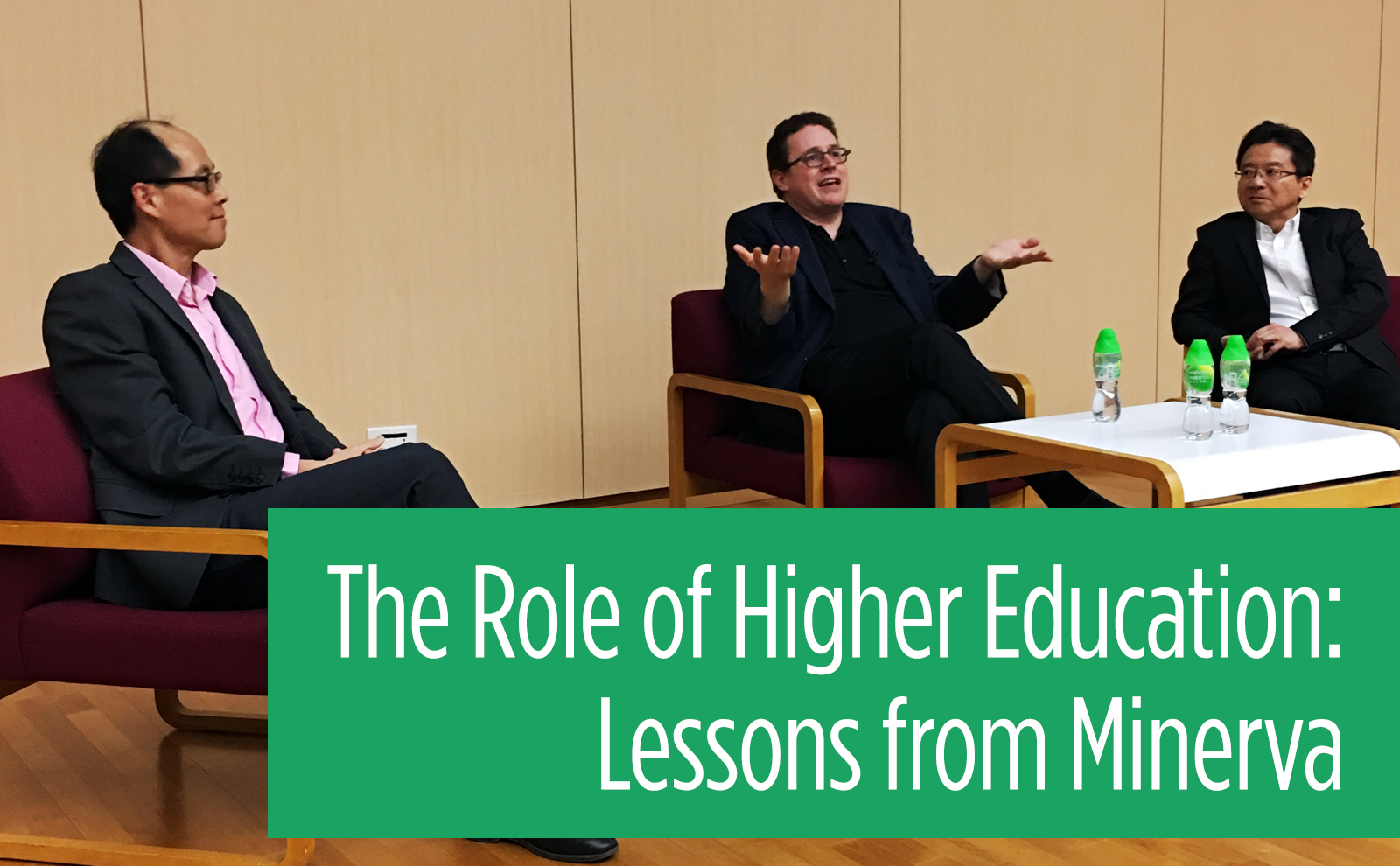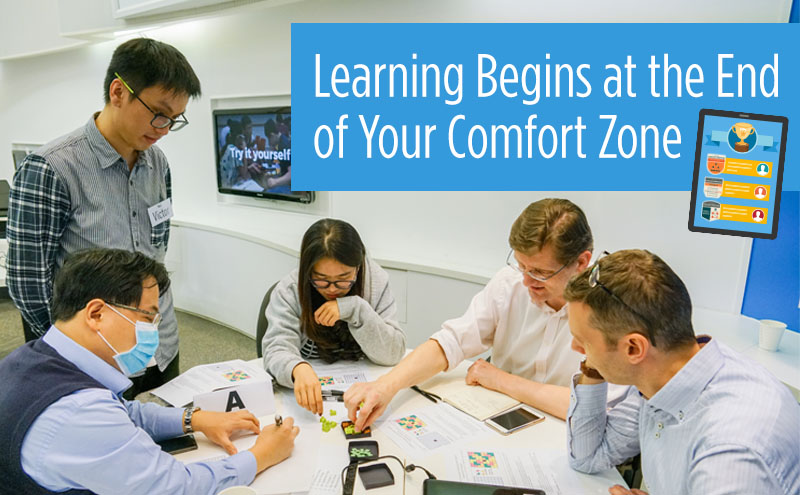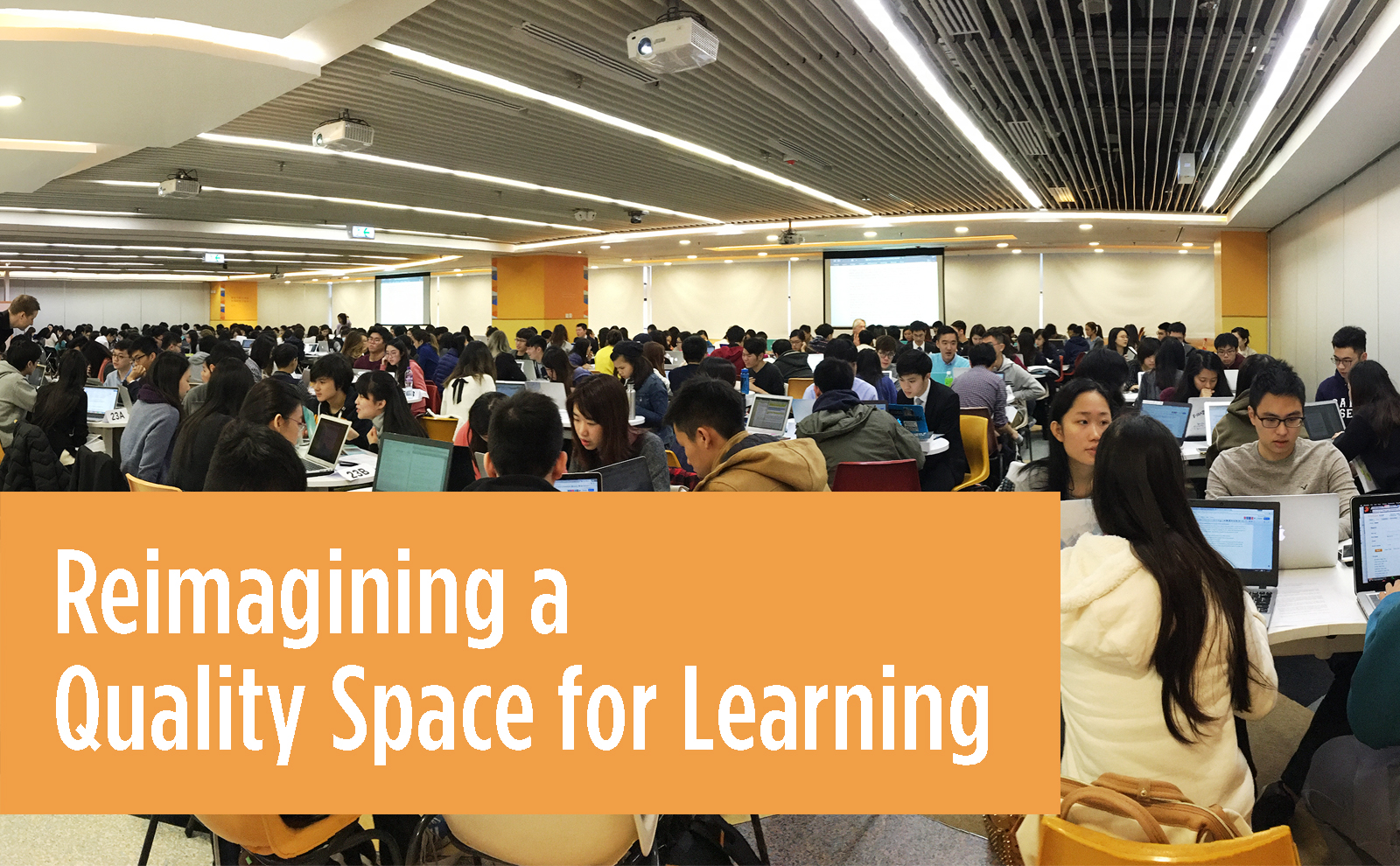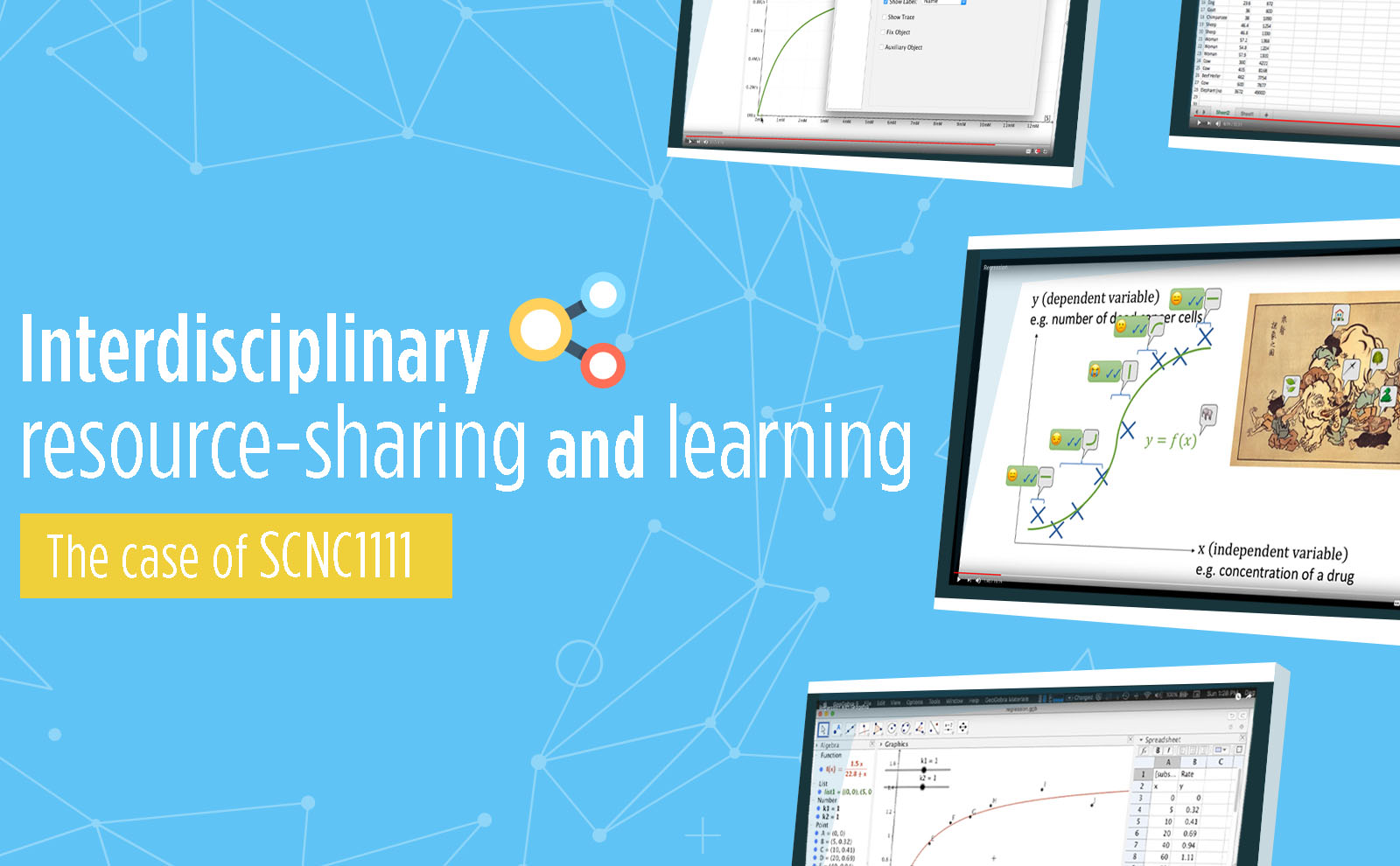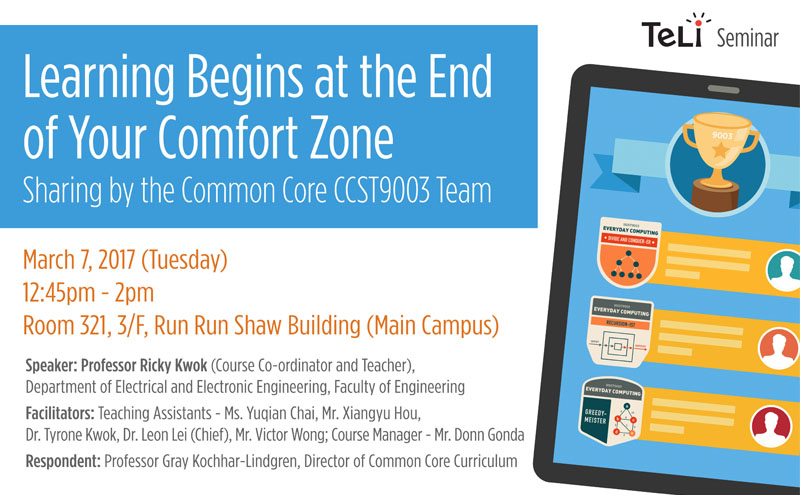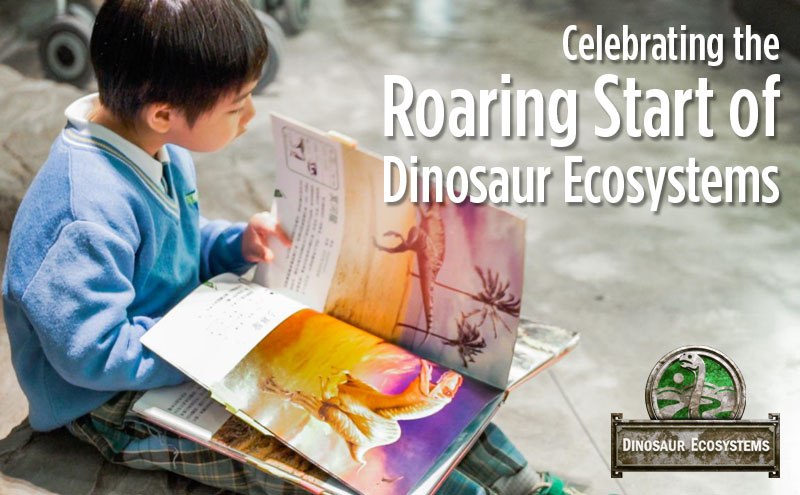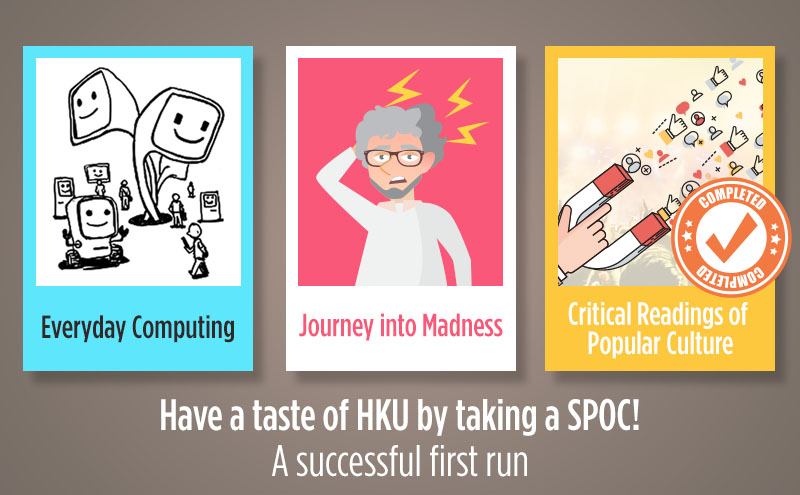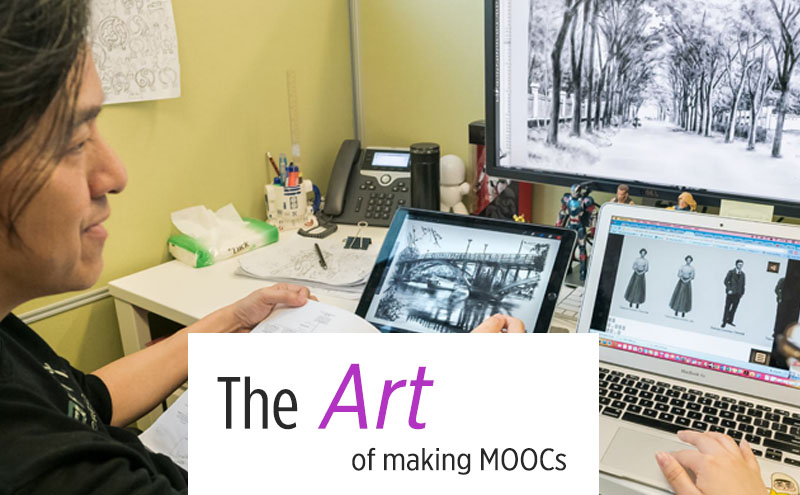
There are two things higher education institutions must do when guiding their students in learning. First, we should teach students how to transfer their critical thinking skills from one context to another. Second, we must engage students in active learning and deep processing to develop their capabilities.
Minerva is a non-conventional college startup where students live in seven world cities and interact with teachers and peers via live videos on an online platform in their four-year education. With its growing popularity and low admission rate, it is described by some as a college “tougher to get into than Harvard”. On 17 February 2017, Mr. Ben Nelson, Founder and CEO of the Minerva project shared his secrets of success in Minerva in a seminar titled “How to save higher education in twenty seven easy steps?” at the Hong Kong University of Science and Technology (HKUST).
What should we teach?
Minerva believes that higher education institutions should teach students how to transfer their critical thinking skills from one context to another. Their teaching philosophy focuses on providing students with a framework of thinking applicable in different situations. Education is not meant to provide rote solutions, but ideas and patterns, so that when students encounter a novel situation, they can come up with a novel solution.
The fundamental problem in higher education is that we spent years learning things in an unstructured environment before we learn how to transfer. The goal of Minerva is to alter students’ way of thinking and interpreting the world. “It’s like doing brain surgery,” said Mr. Nelson. He agrees that studying in Minerva can be challenging, but by the 3rd or 4th year, students will have learnt how to parachute into any location and make the most out of any situation.
How should we teach?
We must engage students in active learning and deep processing instead of simply lecturing them because deep processing leads to better retention of knowledge. Mr. Nelson perceives passive lectures as an ineffective way to disseminate information as it does not encourage deep processing – students’ knowledge retention rate drops to 10% by the end of the 6th month, meaning a 90% failure rate.
Based on his examination of empirical evidence, he came to the conclusion that “when you go through deep processing, you get memory for free.” If you only push students to memorize something without going through deep processing, the retention rate will most likely be very low.
Higher education is “the gatekeeper between citizenry and leadership.” It is necessary for universities to keep up with changes, or else we may be in the peril of not existing.
A big thank you to HKUST for inviting us to join this thought-provoking seminar.
Further reading:

